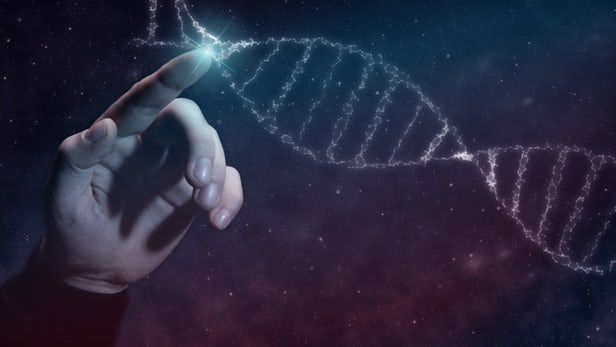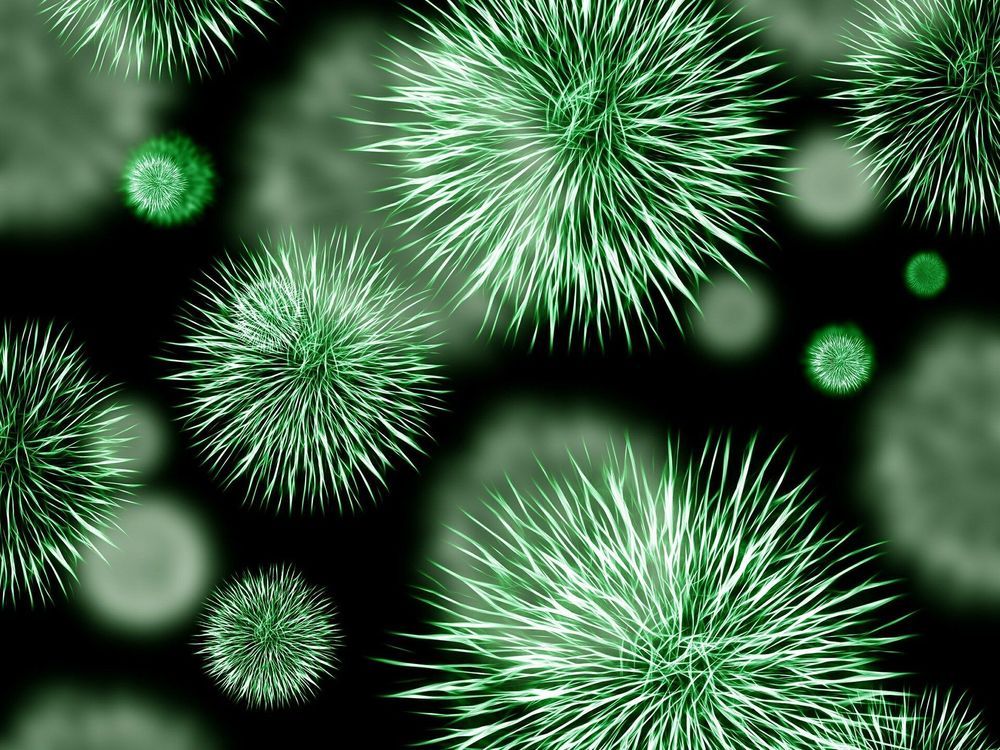Native tribes used it to treat everything from sore muscles to headaches.



The announcement that a London man has become the second in the world to be “functionally cured” of HIV is a major advance in stem cell transplant therapy.
The man — who wishes to remain anonymous — was given stem cells from a donor with genetic resistance to the disease and he has now been in long term remission for 18 months without medication.
The breakthrough comes ten years after the first such case of a patient with HIV going into sustained remission, known as the ‘Berlin Patient.’

The role of epigenetics, which determine how your genes are expressed, is being increasingly implicated in aging, as is the potential of therapies that revert epigenetics back to those of a younger person.
What are epigenetic alterations?
The DNA in each of our cells is identical, with only some small variations, so why do our various organs and tissues look so different, and how do cells know what to become?

A study published today in the journal Nature Medicine led by researchers at Huntsman Cancer Institute (HCI) at the University of Utah (U of U) describes a new therapeutic approach with potential for patients with pancreatic cancer. These researchers discovered a combination drug therapy that may effectively combat the disease. HCI researchers first observed anti-cancer impacts in a laboratory setting and, subsequently, in its first use in a human patient.
The study has already progressed to a clinical trial that is now open at HCI and will soon be open at other sites in the United States. Details about the clinical trial, called THREAD, are available under National Clinical Trial Number 03825289. The combination therapy uses two drugs already approved for use by the Food and Drug Administration for other diseases, including cancer. The new drug combination is administered through pills taken orally.
Pancreatic tumors are characterized by mutations in a gene called KRAS. When KRAS is mutated in this way, it sends constant signals that promote abnormal cell division and growth in cancer cells. As a result, tumors grow out of control. At the same time, like all cells, pancreatic cancer cells must recycle their components to provide building blocks for new growth in an essential cell function known as autophagy. Previous studies to combat pancreatic cancer that were focused either on the role of KRAS or on impacting autophagy were not effective.

The longevity sector is showing signs of being taken more seriously. On Tuesday, Mehmood Khan, vice chairman and chief scientific officer of PepsiCo, announced he’s joining Life Biosciences, a startup dedicated to “age-reversal.” Khan will become the startup’s CEO and a member of its board of directors.


Researchers from the University of Luxembourg and the German Cancer Research Center have rejuvenated stem cells in the brains of old mice. The rejuvenated stem cells appear to improve regeneration in areas of damaged or diseased brain tissue.
A new way to model stem cells
A new study that was published in the journal Cell sheds light on why many stem cell populations in aged brains stop dividing and enter a dormant state known as quiescence. Quiescent stem cells have ceased to divide, so they no longer support the tissues of which they are part and play no role in regenerating damaged tissue by supplying fresh cells to replace losses. As we age, an increasing number of stem cells, not just in the brain, enter this quiescent state and impair our ability to heal injury and recover from diseases.

The biggest source of variability in the microbiome is the person-to-person variability. It’s a problem if you’re looking for causality. That’s a red flag word for us – causality – meaning something about the bacterial community causes some disease. You actually don’t know whether it’s the bacteria or whether the bacteria are a sign of something that happened before. It’s very much individualized, so everybody’s history matters.
We are all teeming with bacteria that help us digest food or fight disease, but two people might play host to a very different array of bacteria due to diet, where they live, hobbies or even medical histories.
As a result, scientists have struggled to understand which bacteria are linked to disease and which protect against it. Studies comparing people’s bacterial companions – known as the microbiome – to explore what that variation means might disagree because they analyzed different groups or didn’t sample enough people.
Statistics Professor Susan Holmes thinks one way of teasing out which differences are relevant to disease and which are just differences between people could come down to statistics and repeating studies.